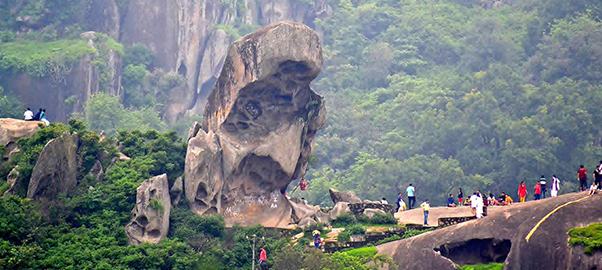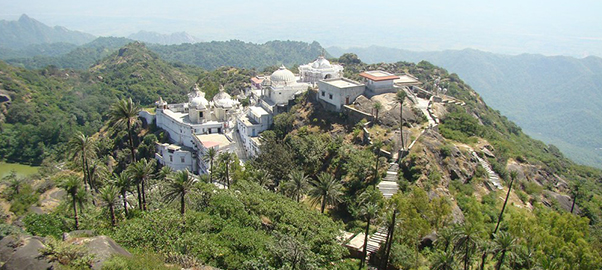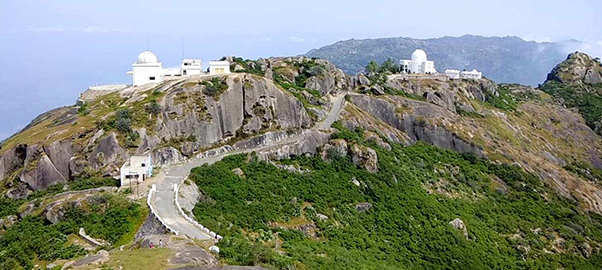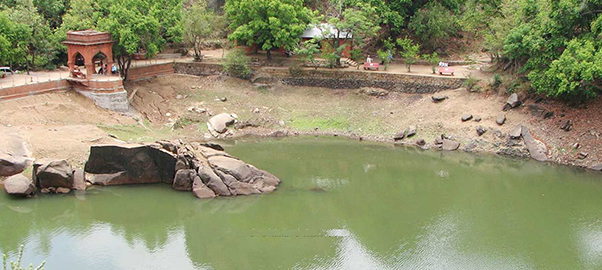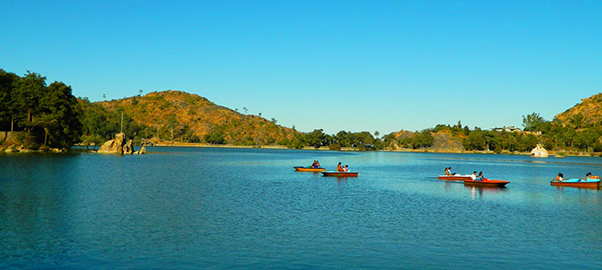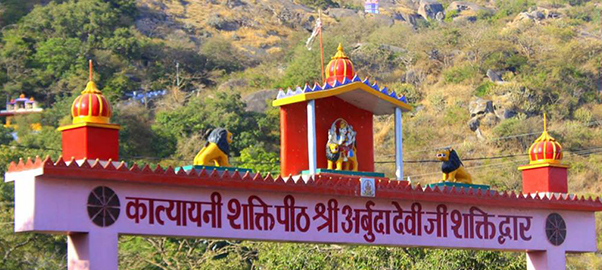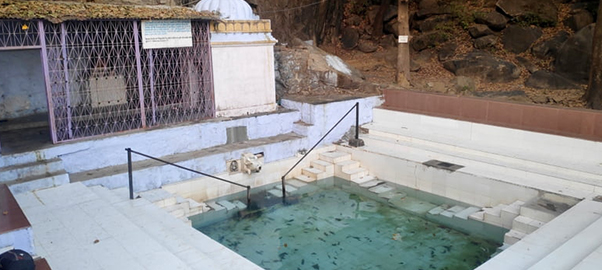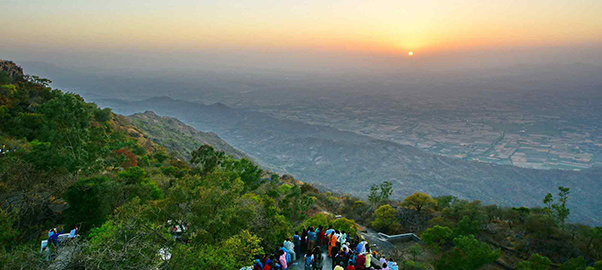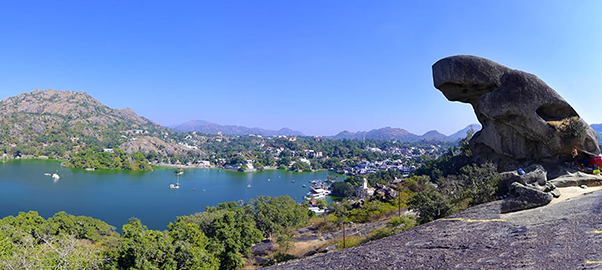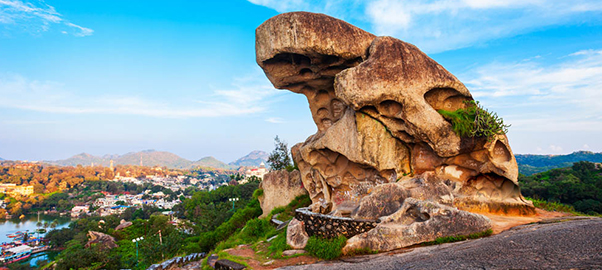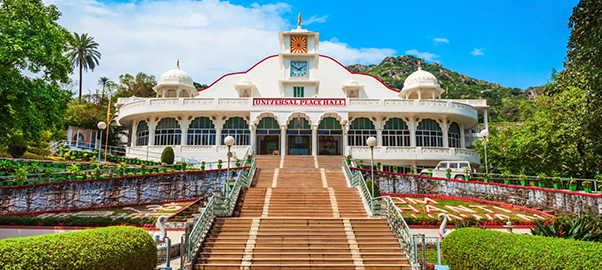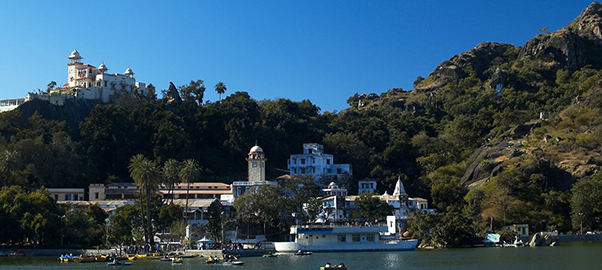Mount Abu was an important Vaishnava ans Shaivite pilgrim centre up to the 11th century . To day , it is recognized the world over for its magnificent Jain Temples. No visit to Abu can be complete without a trip to the Dilwara temples. These temples are the greatest draw of Abu, apart from its salubrious clime. Half hidden by Mango groves, the temple's sober exterior belies the wealth of its interior ornamentation. The Dilwara temples enshrine the Images of Various Jain "Tirthankaras" or Saints.
Built between the 11th & 13th centuries, these temples are famous for their superb carvings in marble.
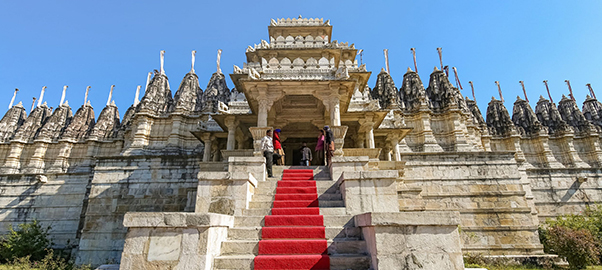
Nakki Lake , one can see the sun gradually drown itself west of Nakki lake , one can see the sun gradually drown itself in the azure sky between two mountain peaks. Steps lead up to a high terrace which offers an awe inspiring view of the setting Sun.


